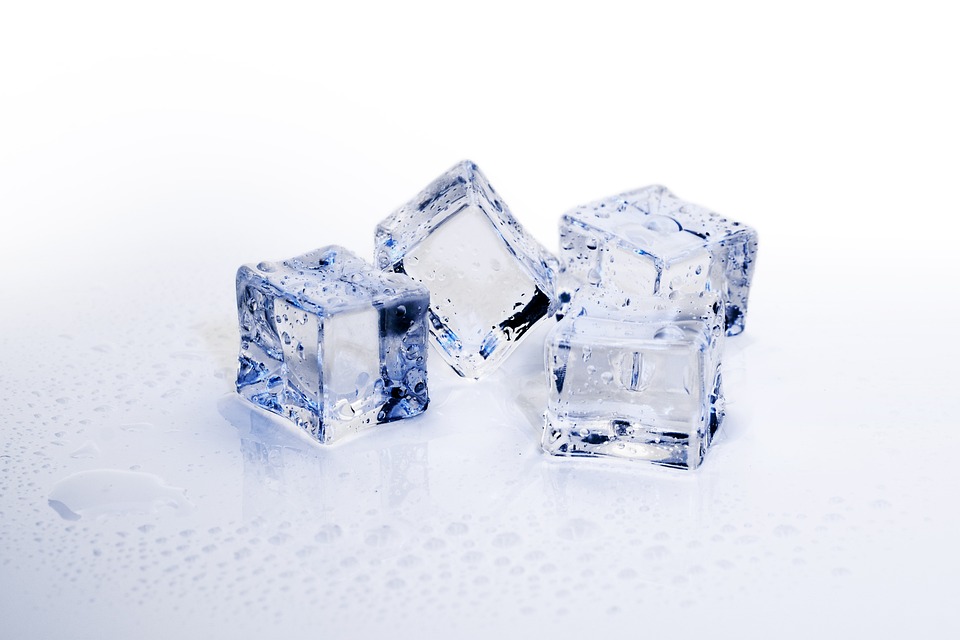Introduction
Ice-breaking ships play a crucial role in maintaining access to frozen waters, allowing for the transport of goods, resources, and passengers through icy conditions. These specialized vessels are equipped with reinforced hulls and powerful engines that allow them to break through thick layers of ice, creating pathways for other ships to follow. In this article, we will explore the technology and techniques used by ice-breaking ships to ensure safe and efficient navigation in frozen waters.
Types of Ice-breaking Ships
1. Polar Icebreakers
Polar icebreakers are specifically designed to navigate through the thick ice found in Arctic and Antarctic regions. These ships are equipped with a reinforced hull, a powerful propulsion system, and a unique hull shape that allows them to break through ice by riding up on top of it and using their weight to crack the ice below. Polar icebreakers are utilized for scientific research expeditions, as well as for resupply missions to research stations in remote polar regions.
2. Offshore Icebreakers
Offshore icebreakers are smaller ice-breaking ships that are used in coastal regions where ice conditions are less severe. These vessels are commonly used for escorting ships through icy waters, breaking up ice jams in harbors, and maintaining navigable channels for shipping traffic. Offshore icebreakers are often equipped with ice-strengthened hulls and powerful propulsion systems to effectively break through ice up to several feet thick.
Technology and Techniques
Ice-breaking ships utilize a combination of technology and techniques to navigate through frozen waters safely and efficiently. Some of the key features of these specialized vessels include:
1. Reinforced Hull
Ice-breaking ships are constructed with reinforced hulls that are specifically designed to withstand the extreme pressures exerted by ice. These hulls are typically made of thick steel plates and are shaped to ride up on top of the ice, allowing the ship to break through thick layers of ice by using its weight to crack the ice below.
2. Powerful Propulsion System
Ice-breaking ships are equipped with powerful propulsion systems that provide the thrust needed to break through ice. These ships often have multiple engines and propellers to ensure adequate power and maneuverability in icy conditions. In addition, some ice-breakers are equipped with bow thrusters that can push ice away from the ship to create a clear pathway.
3. Ice Management Techniques
Ice-breaking ships use a variety of techniques to manage ice and maintain access to frozen waters. One common method is to break a channel through the ice by repeatedly ramming into it at high speed. This creates a pathway for other ships to follow and can help prevent the formation of ice jams that could impede navigation. Ice-breaking ships may also use water jets to weaken and dislodge ice, allowing for easier passage through frozen waters.
Importance of Ice-breaking Ships
Ice-breaking ships play a critical role in maintaining access to frozen waters, enabling the transport of essential goods, resources, and passengers to remote regions. Without these specialized vessels, shipping routes in icy waters would be impassable for much of the year, limiting economic activity and hindering scientific research in polar regions. Ice-breaking ships also play a vital role in search and rescue operations, providing assistance to vessels stranded in ice-covered waters.
Conclusion
Ice-breaking ships are a key component of maritime operations in frozen waters, allowing for safe and efficient navigation through icy conditions. These specialized vessels are equipped with reinforced hulls, powerful engines, and advanced ice management techniques that enable them to break through thick layers of ice and maintain access to frozen waters. By providing essential services such as escorting ships, breaking up ice jams, and maintaining navigable channels, ice-breaking ships play a crucial role in facilitating transportation and commerce in some of the world’s most challenging environments.
